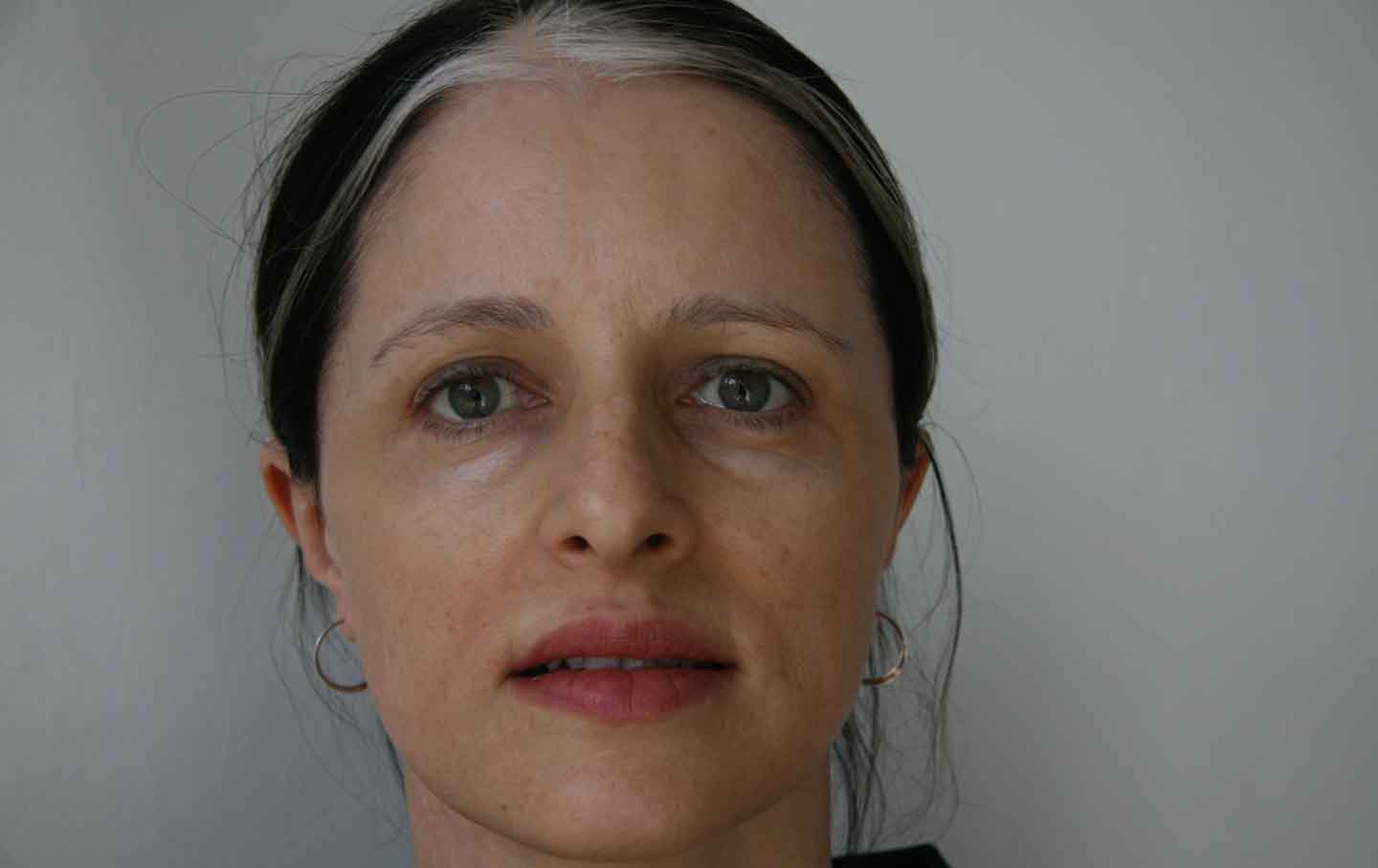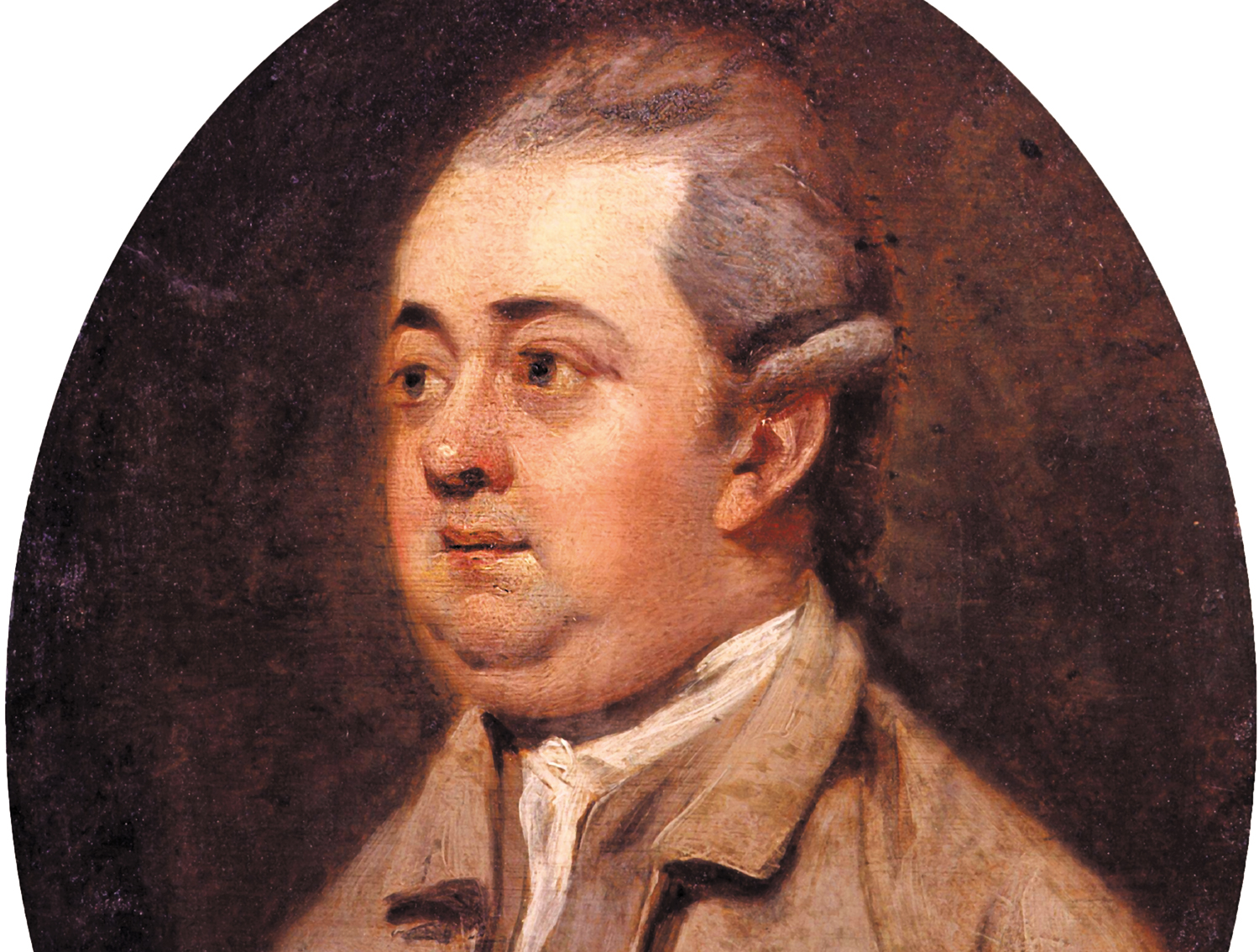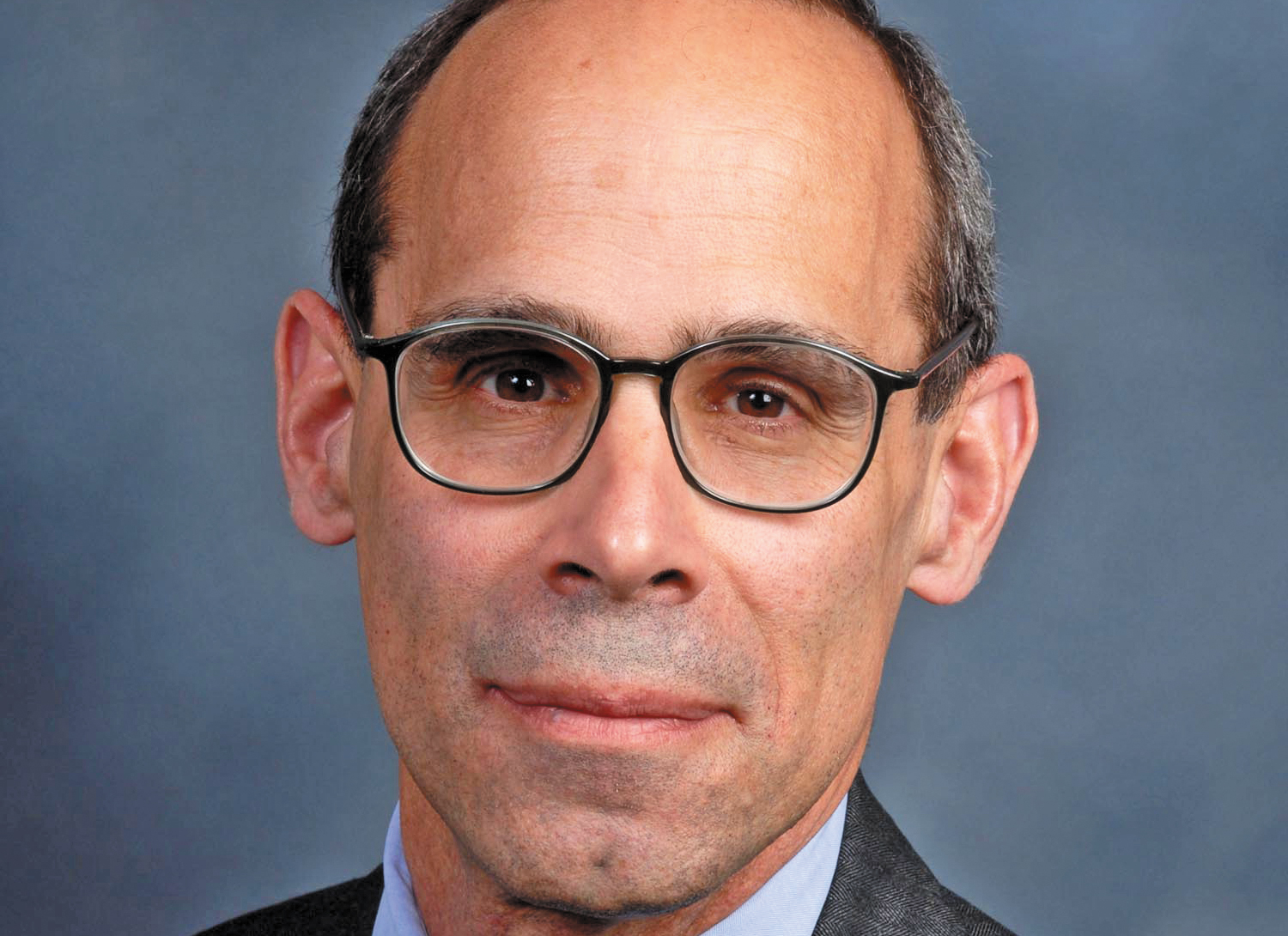
The Beauty and the Costs of Extreme Altruism The Beauty and the Costs of Extreme Altruism
What if you were so troubled by suffering and inequality that you changed your life entirely?
Nov 5, 2015 / Books & the Arts / Samuel Moyn

Bonfire of the Humanities Bonfire of the Humanities
Historians are losing their audience, and searching for the next trend won’t win it back.
Jan 21, 2015 / Books & the Arts / Samuel Moyn

The Burkean Regicide The Burkean Regicide
Does David Bromwich’s idea of a Burkean left amount to anything more than contempt for Obama?
Aug 12, 2014 / Books & the Arts / Samuel Moyn
Dignity’s Due Dignity’s Due
Why are philosophers invoking the notion of human dignity to revitalize theories of political ethics?
Oct 16, 2013 / Books & the Arts / Samuel Moyn
Letters Letters
Immigration, second-class wages, torture and taboo
Mar 12, 2013 / Our Readers and Samuel Moyn

Torture and Taboo: On Elaine Scarry Torture and Taboo: On Elaine Scarry
How the work of a literary critic became the proxy for our preoccupation with the horrors of torture.
Feb 5, 2013 / Books & the Arts / Samuel Moyn
Totalitarianism, Famine and Us Totalitarianism, Famine and Us
Have histories of famines caused by totalitarianism become a distraction to the new politics of hunger?
Nov 7, 2012 / Books & the Arts / Samuel Moyn
Letters Letters
They Speak Bornholmsk, Don’t They? Vancouver In his review of Norman Davies’s Vanished Kingdoms [“Shelf Life,” April 30], Thomas Meaney referred to the “island of Bornholm off the Danish coast, where the Burgundians may have established an early kingdom.” Actually, Bornholm is a Danish island off the Swedish coast, and it’s closer to the Polish and German coasts than to the Danish coast. ROBERT RENGER Abolitionists: First Human Rights Activists? Ypsilanti, Mich. In “Of Deserts & Promised Lands” [March 19], Samuel Moyn asserts that “abolitionists almost never used the idea of rights, activated as they were by Christianity, humanitarianism or other ideologies.” Moyn needs to read the American abolitionists to see how wrong this is. David Walker’s Appeal to the Colored Citizens of the World (1829) faults Jefferson for denying rights to slaves that he proclaimed for others. Walker, one of the most influential black abolitionists, also embraced Christianity, but his faith was not in conflict with his demand for full rights for the enslaved. Claiming equal rights was central to Walker. A few years after Walker’s Appeal, William Lloyd Garrison, the most influential white abolitionist, wrote the Declaration of Sentiments for the 1833 founding meeting of the American Anti-Slavery Society. It said, “The right to enjoy liberty is inalienable” and “Every man has a right to his own body—to the products of his own labor—to the protection of law—and to the common advantages of society.” The abolitionist movement was based on demanding equal rights. Abolitionists claimed equal rights for blacks and defined slavery as inherently a violation of rights. The abolitionists deserve credit for helping to create the very idea of universal human rights, even if their century lacked a system of international law in which to make their case. MARK D. HIGBEE Moyn Replies New York City It is well-known—and people are turning up more evidence today—that the language of rights was sometimes used by American abolitionists, especially during a brief period in the 1830s. The phrase “human rights” even served as the title of an abolitionist magazine. That doesn’t mean, of course, that it was the dominant framework for abolitionism, then or ever. And not only was the American story complex; it was just part of the vast story of the agitation against global slavery (in the British sphere, rights talk had less traction). In any event, as Mark Higbee correctly points out, the international law of the era never conferred rights, let alone “human rights,” on Africans, including in the episode Jenny Martinez recounts in her interesting book. SAMUEL MOYN Getting on the Good Side New York City In “Faces out of the Crowd,” his March 26 review of the Renaissance portrait show at the Met, Barry Schwabsky wonders why left-facing profiles are much more common than right-facing ones and calls it a “mystery” that this goes “unmentioned.” Would that the critic would try it himself! Had he done so, he might have noticed what most draftsmen know—and what the Renaissance art historian David Rosand observes in Drawing Acts about a group of profile drawings by the (left-handed) master Leonardo da Vinci: “All the heads face to the right, as we might expect of a left-handed draftsman: the natural way to draw a profile is from within, the hand moving inside the head, internally generating the curving contour outward, from the wrist.” More artists—more people—are right-handed; thus, they begin the contour from upper right, which results in a left-facing profile. DEBORAH ROSENTHAL
May 15, 2012 / Our Readers and Samuel Moyn
Of Deserts and Promised Lands: The Dream of Global Justice Of Deserts and Promised Lands: The Dream of Global Justice
Jenny Martinez and Kathryn Sikkink offer conflicting histories of the ascendency of international courts.
Feb 29, 2012 / Books & the Arts / Samuel Moyn
Soft Sells: On Liberal Internationalism Soft Sells: On Liberal Internationalism
Why does John Ikenberry think the sorrows of liberal internationalism are temporary?
Sep 14, 2011 / Books & the Arts / Samuel Moyn
